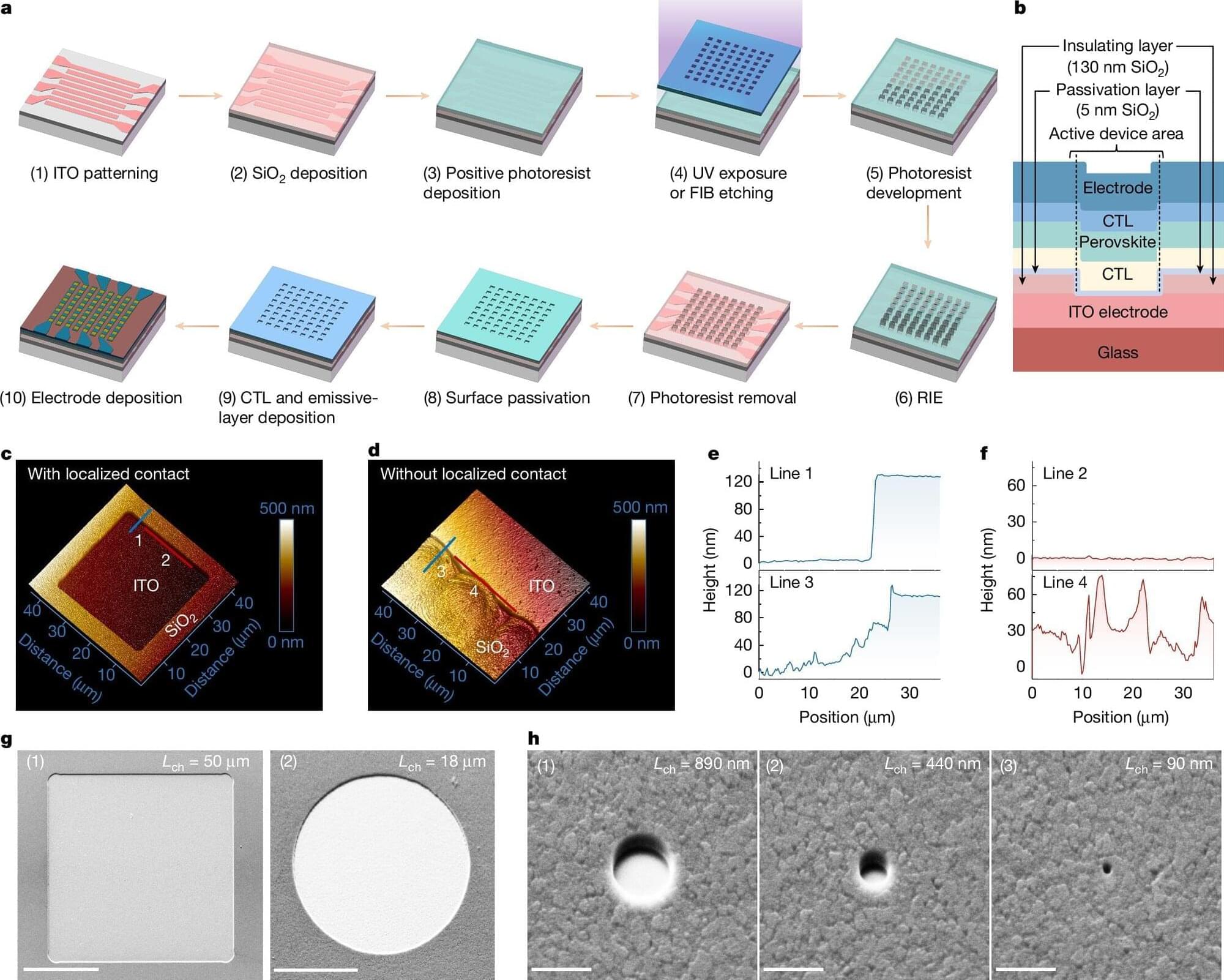Ten years ago, nobody knew that Asgard archaea even existed. In 2015, however, researchers examining deep-sea sediments discovered gene fragments that indicated a new and previously undiscovered form of microbes.
With computer assistance, the researchers assembled these fragments like puzzle pieces to compile the entire genome. It was only then that they realized they were dealing with a previously unknown group of archaea.
Like bacteria, archaea are single-celled organisms. Genetically, however, there are significant differences between the two domains, especially regarding their cell envelopes and metabolic processes.







